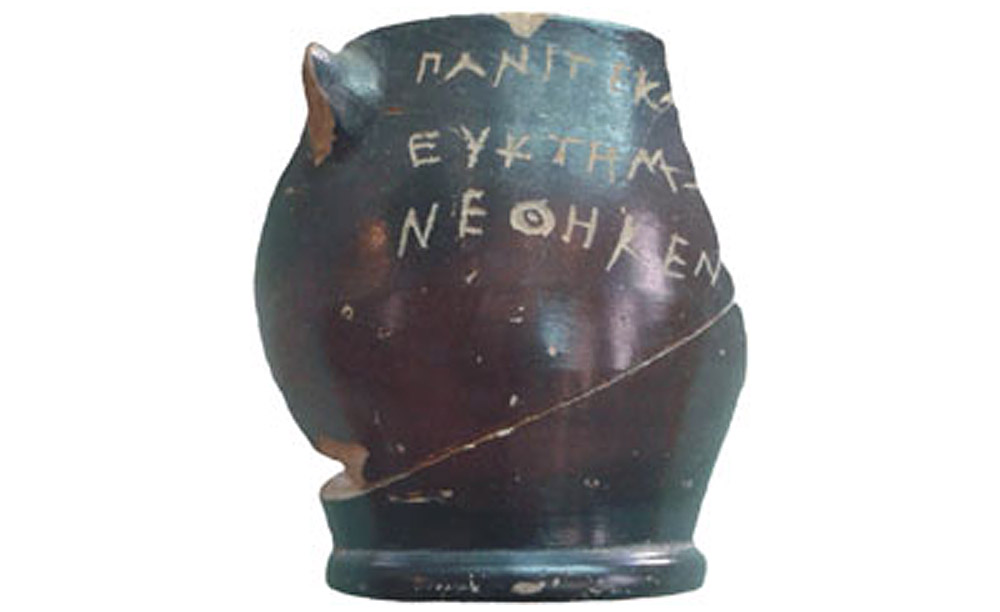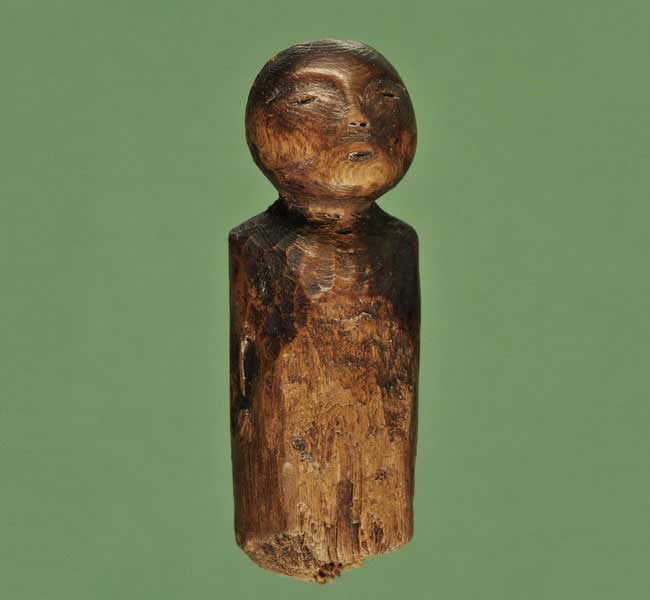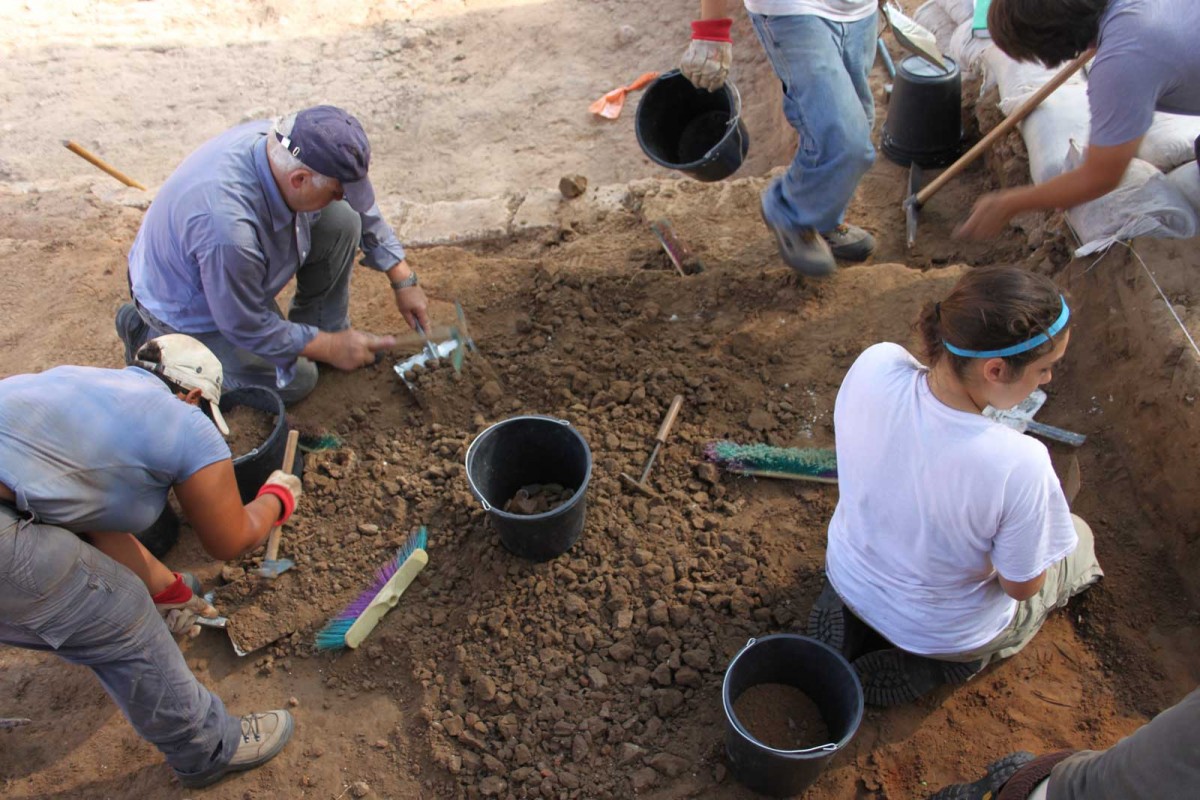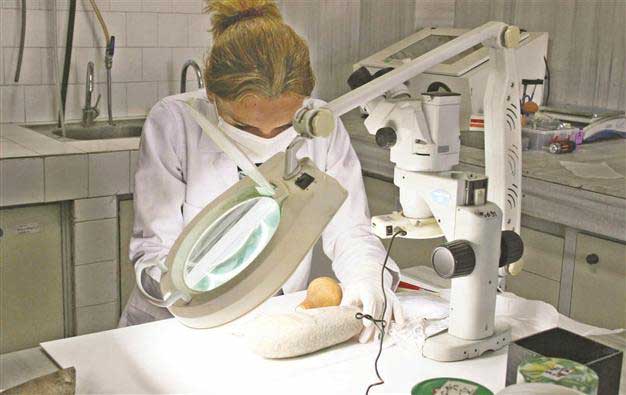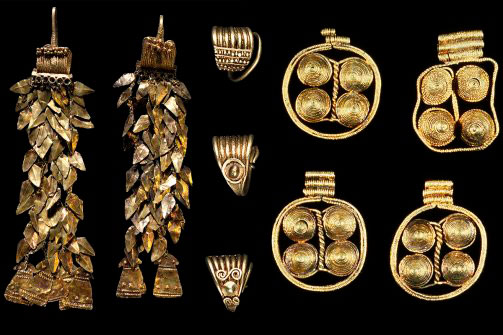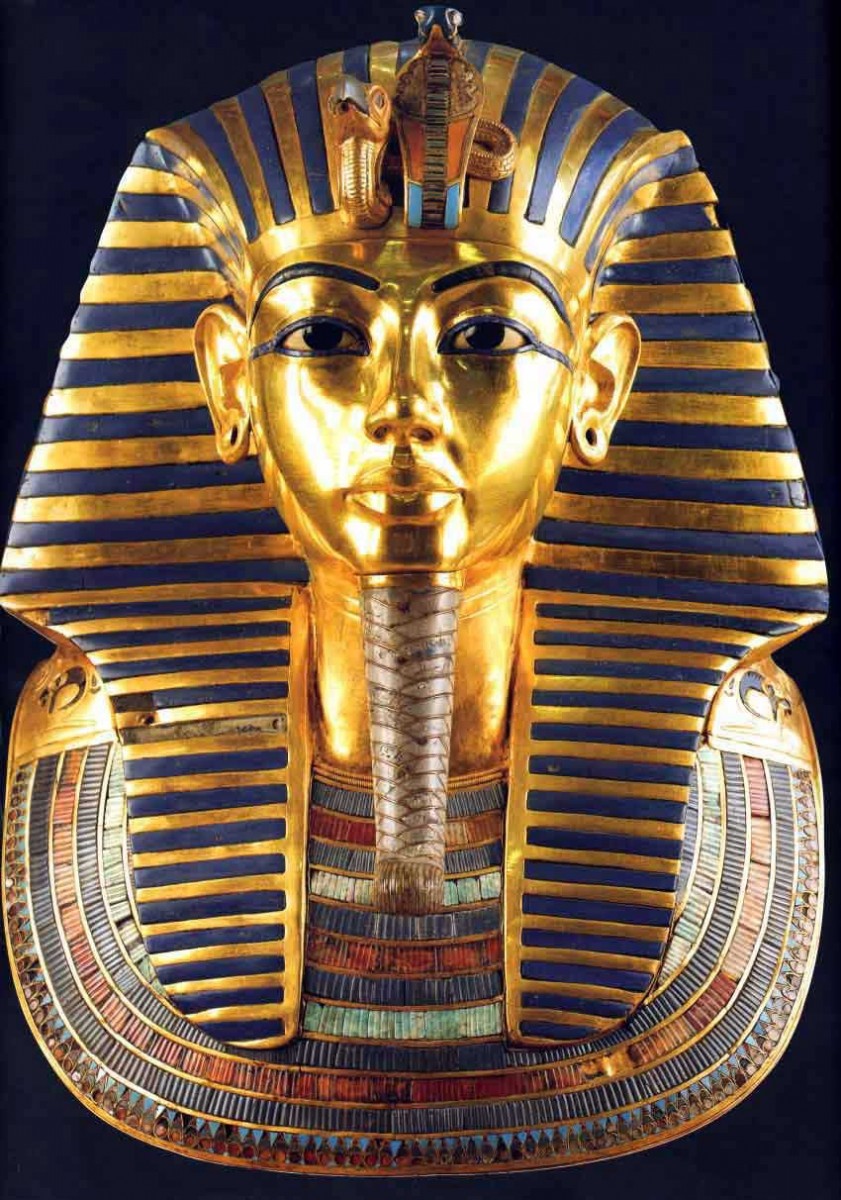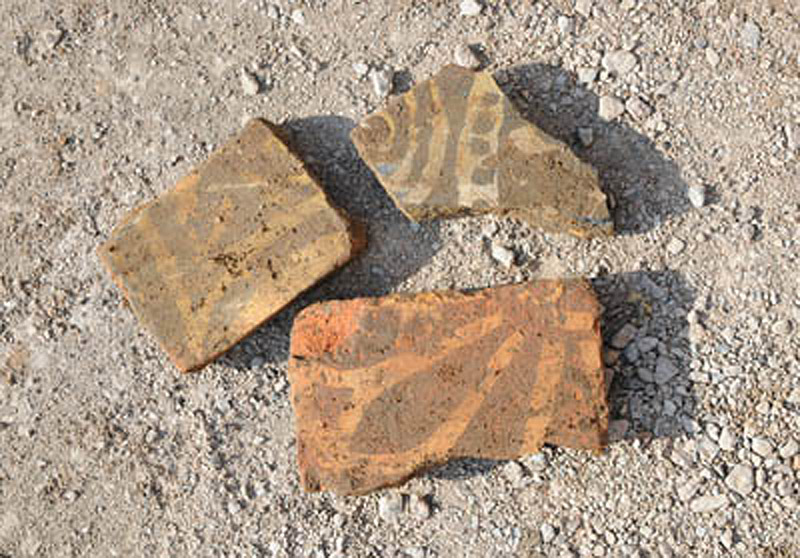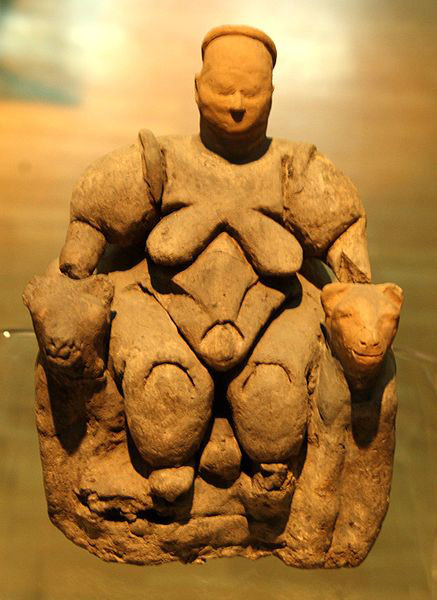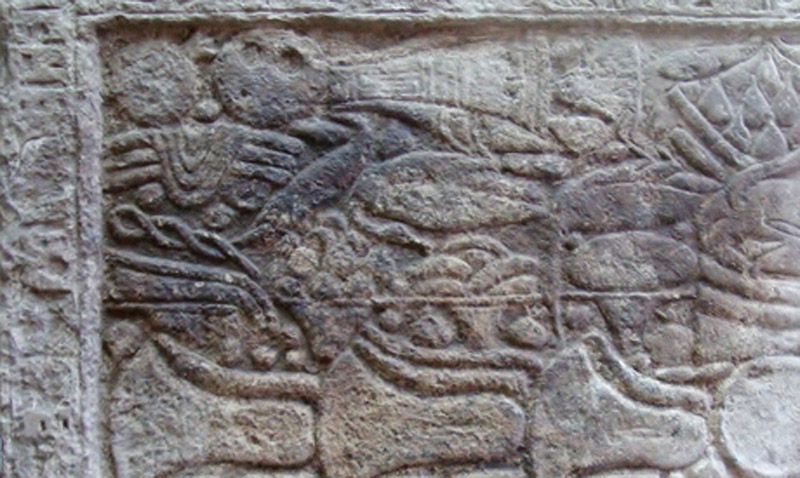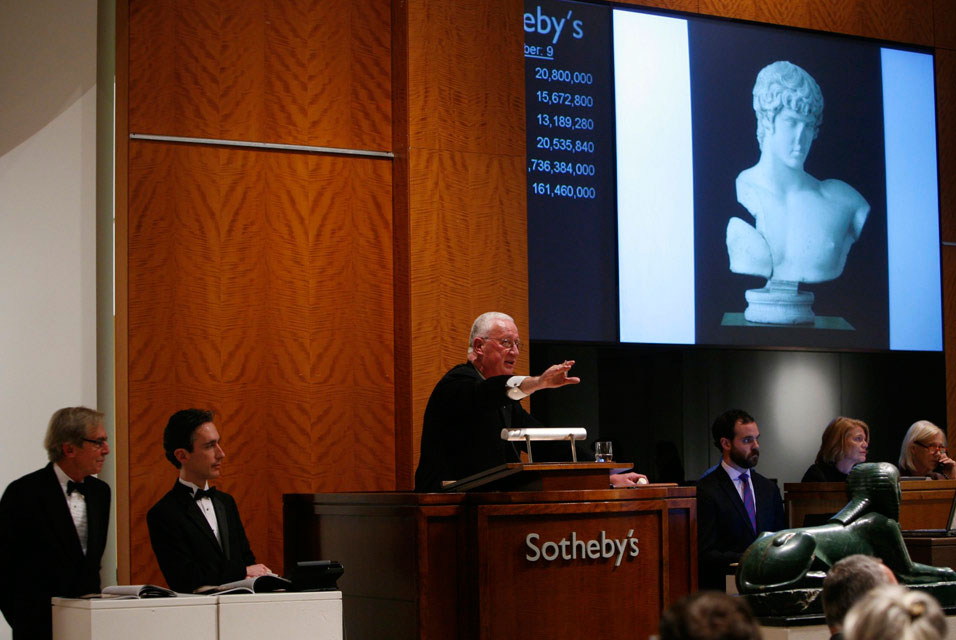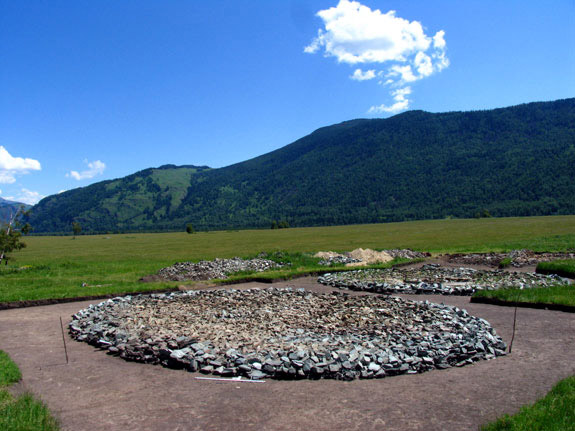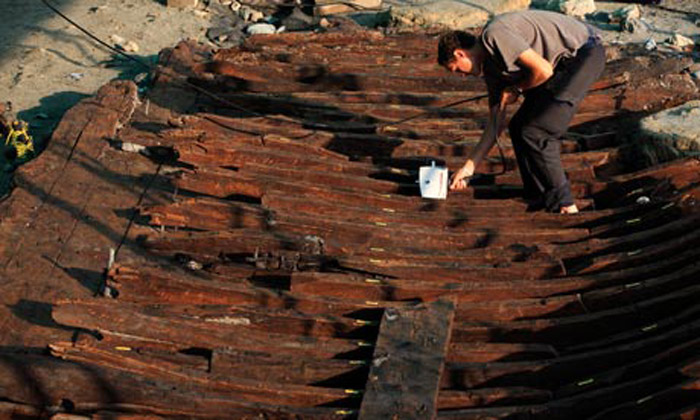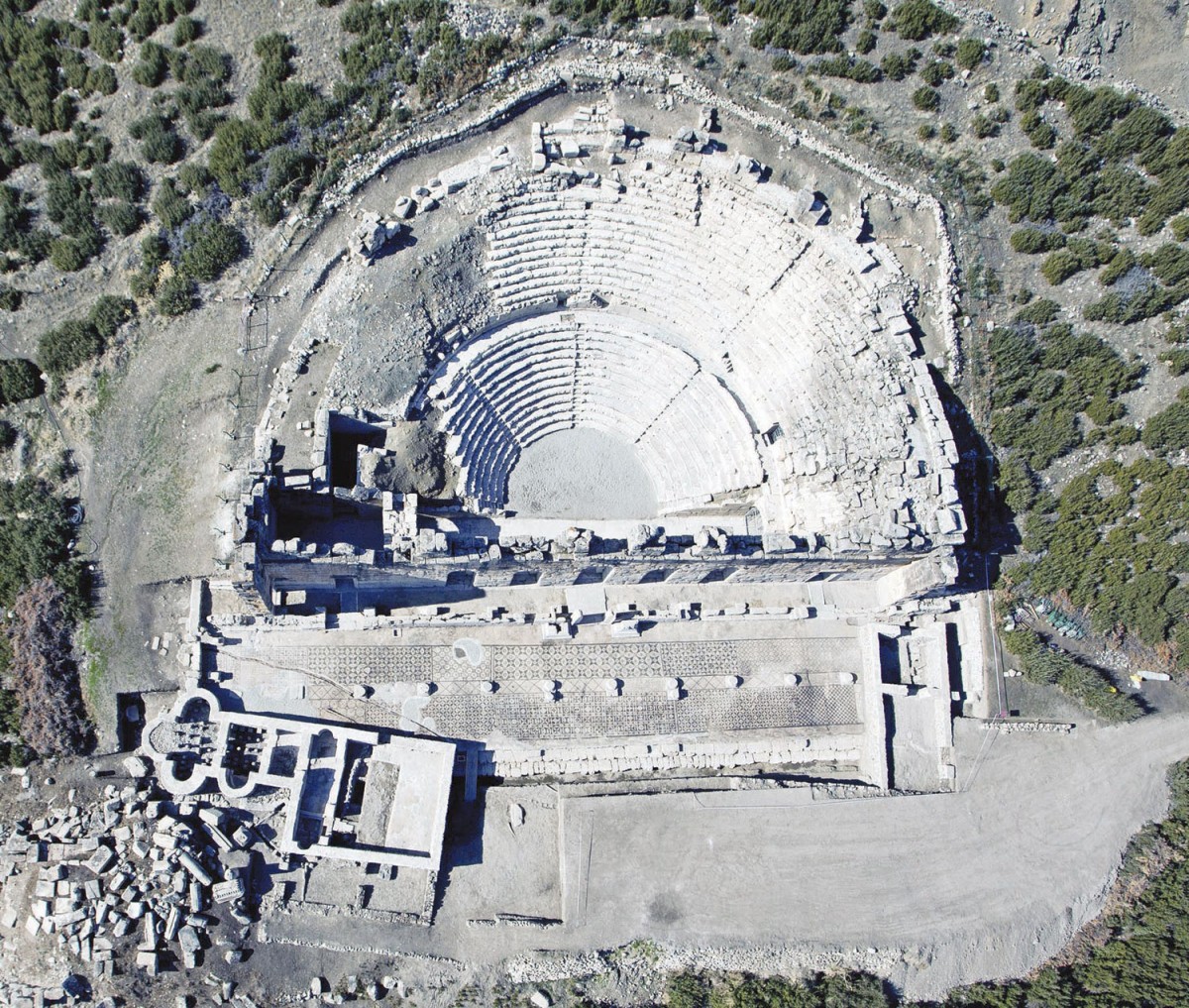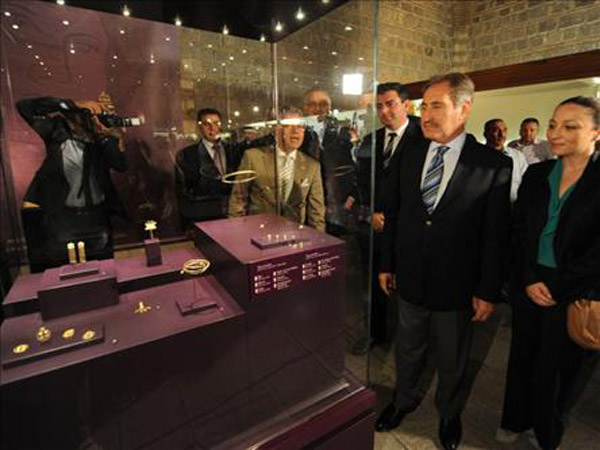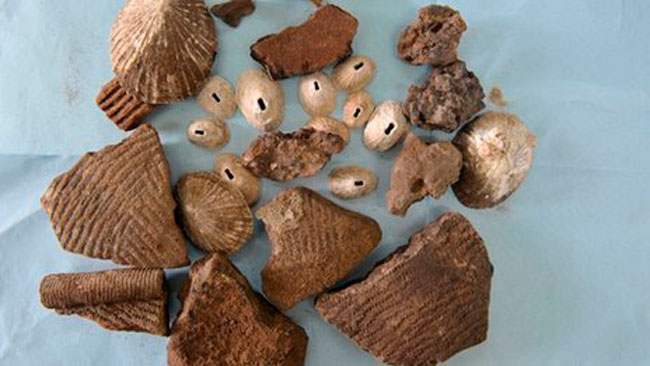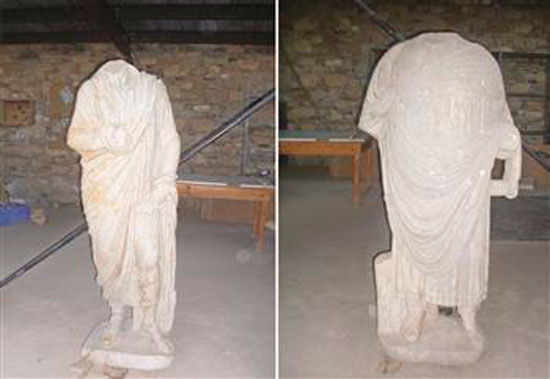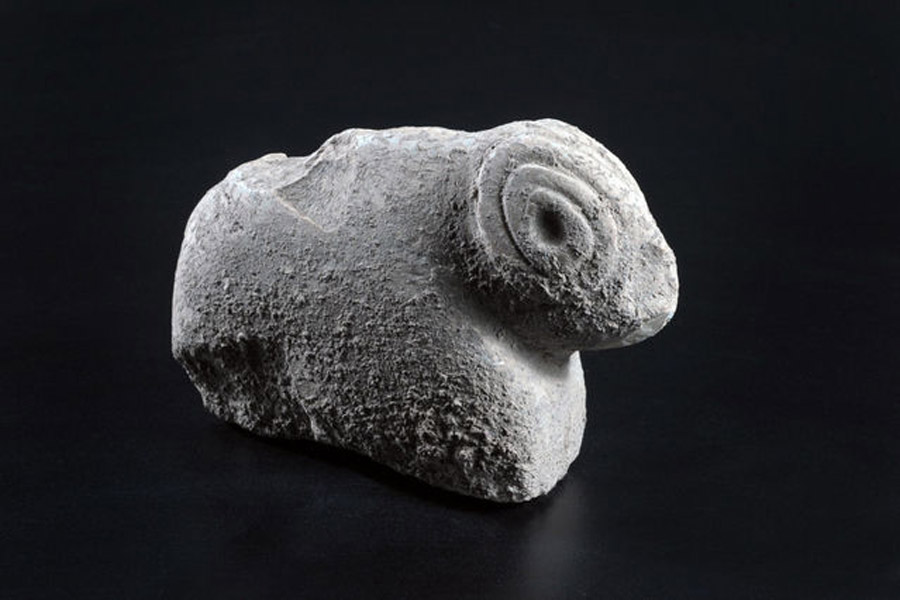Thessaloniki: The West of East
Unknown photographs and postcards of the city will be on view in an exhibition organized by the National Bank of Greece Cultural Foundation.
Race to save Alaskan Arctic archaeology
A recently discovered 500-year-old Alaskan settlement is rapidly disappearing into the Bering Sea. The exquisitely preserved frozen site provides a spectacular insight into the Yup'ik Eskimo culture.
Presence of Egyptian settlement in Jaffa
The recent excavations have not only shed new light on the destruction of elements of the fortification, but also unearthed evidence pointing towards the presence of an Egyptian population on the site.
Excavations revealing centuries-old designs
Excavations at the Körtiktepe settlement in the southeastern province of Diyarbakır’s Bismil district (Turkey) have revealed various types of weaving designs.
Who Owns Antiquity?
There’s another downside to repatriations like the one Penn has announced. They play into the notion that the countries in today’s U.N. have a unique claim to every object ever made within their modern borders, as part of their trademark “cultural heritage.”
Tutankhamun’s mysterious death
Tutankhamun’s mysterious death as a teenager may finally have been explained. And the condition that cut short his life may also have triggered the earliest monotheistic religion, suggests a new review of his family history.
A global team is revolutionizing the preservation of ancient manuscripts
Michael Toth points at a computer screen filled with what seems to be a jumble of Arabic and Greek letters.
Found: the lost church where Richard III was buried
University of Leicester archaeologists have found the lost church where Richard III was buried over 500 years ago – under a City Council carpark.
In/fertility and Sacred Space: From Antiquity to the Early Modern
Abstracts of not more than 500 words (for 20 min papers) should be sent to Fay Glinister ([email protected]) by 30th September 2012.
New stone inscription shows list of offerings to ancient gods
A section of a New Kingdom stele listing offerings made to ancient Egyptian gods was discovered by chance at Matariya in northern Cairo.
Buried Italian town Interamna Lirenas is mapped by researchers
An ancient Italian town which disappeared after its abandonment 1,500 years ago and now lies buried underground has been mapped for the first time.
Ancient Mayan theater was political tool
Found at the archaeological site of Plan de Ayutla, in Ocosingo, Chiapas, the 1,200-year-old theater did not seem to be a place for art and culture.
Is the UNESCO’s 1970 Convention reconfiguring the market?
Souren Melikian describes some of the factors that are making UNESCO’s Convention for the protection of cultural property increasingly effective across most Western countries.
Burial Mounds Preserve Culture of Ancient Nomads in Kazakhstan
Richly woven textiles, gorgeous gold-leaf covered wooden horse tack ornaments and other rare organic artifacts, normally not preserved in other areas of the Ancient Near East and Central Asia, have been excavated in burial mounds, or “kurgans”.
Shipwreck in ‘exceptional’ condition discovered by archaeologists in France
It is thought to have sunk in the second or third century in the port at Antipolis.
Historic stadium found in Aydın
The best-preserved stadium in the Anatolian region has been found at the ancient city of Magnesia. Other finds also show that people living in the city were very civilized.
Penn Museum makes deal with Turkey for ‘Troy gold’
Ertugrul Gunay, the Turkish culture and tourism minister, said the 24 pieces of jewelry are among thousands of historical artifacts returned to the country over the past two decades, according to the state-run Anadolu news agency.
Senegal floods uncover ancient artefacts in Dakar
The discovery was made at a construction site, local academic Alioune Deme told the BBC.
New museum to show Troy’s riches
The construction of the museum will have started by the end of this year and it will open to visitors within two years, according to officials.
Headless statues unearthed in Aphrodisias excavations
The city of Aphrodisias, is one of the country’s most visited places. It is included in UNESCO’s world heritage permanent list.
Theoretical Roman Archaeology conference (TRAC) 2013
Session proposals are invited for the 23rd Theoretical Roman Archaeology Conference which will take place on 5th-6th April 2013 at King's College London
Stone Age Animal Figurines Unearthed Outside Jerusalem
The Stone Age statuettes, which are estimated to be between 9,000 and 9,500 years old, may have been charms to help ensure successful hunting, according to archaeologists who announced the discovery today in an e-mailed release.






